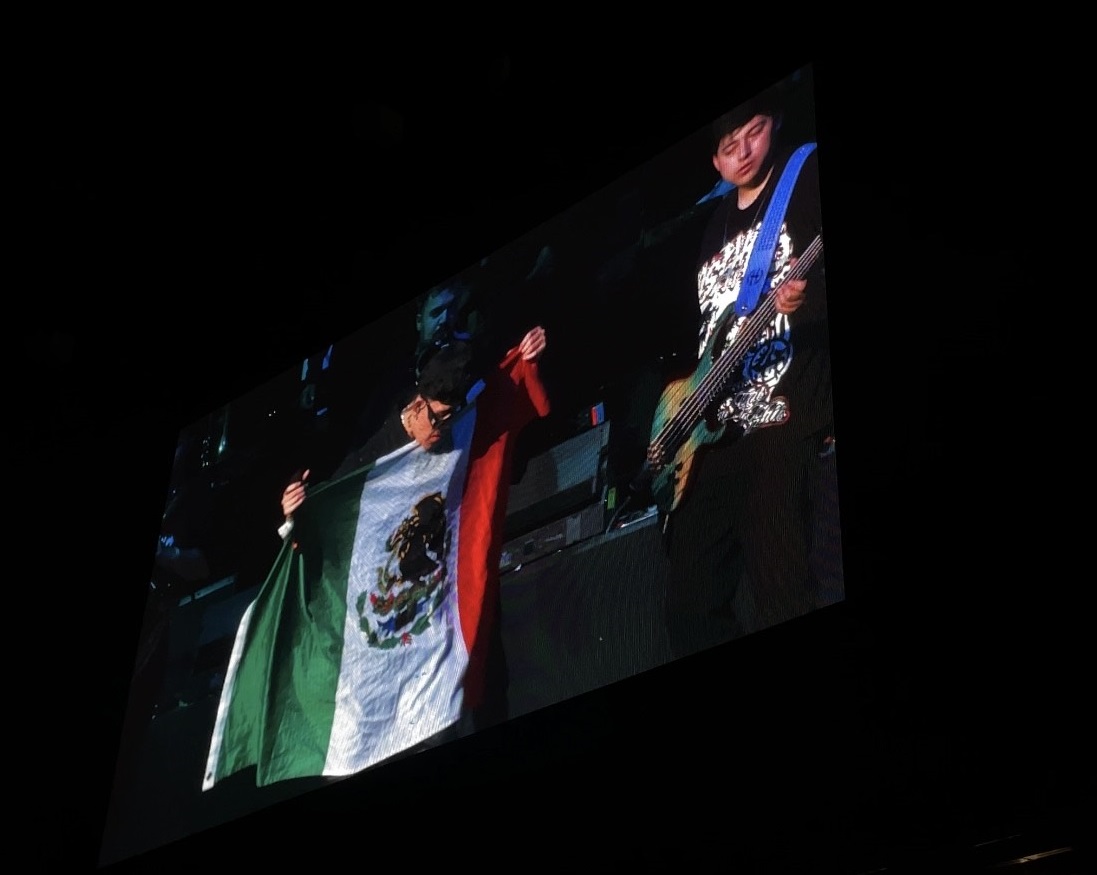Do We Know What We’re Saying?
December 14, 2021
Learning a new language has made me think more about what I say and what it means. Currently, I am learning two languages, Spanish and Korean, and it has made me realize how native speakers of a language have words and phrases that they can’t explain. This is pretty discouraging for me because on top of learning the proper way to speak another language, I also need to pick up on words and phrases that aren’t “googleable” and be able to use them in a conversation.
Usually, when I say something in English, I’ll try to say it in Spanish as a way to practice. (I’m not really at the point with Korean where I can translate sentences, just small words.) Sometimes trying to translate doesn’t really work, I’ve found that a lot of what we (English speakers) say can really only make sense to us. For example, the phrase “might as well” does not make sense when you think about it more deeply. The word “might” most commonly means “maybe” and the phrase “as well” means “too” or “also”. As you can imagine it’s pretty difficult to explain and while it’s not impossible, it might prove to be when attempting to explain it to a non-native English speaker. The phrase “might as well” is an example of an idiomatic expression and is just one of many phrases that would be difficult to translate into another language.
In Korean and Spanish there are similar phrases and words that are similar to an idiomatic phrase that I have found difficult to understand as a non-native English speaker. For example, in Spanish there is a word, nomás, that I’ve heard Mexican people use a lot; it means “only” but it sounds like ”no mas” which means no more. When I first heard it I was at work and my coworker told the lady in the kitchen “ Ella quieres nomás queso” (she wants only cheese). I was confused because the lady wanted only cheese on her burger and it sounded like she said “no more cheese”. I attempted to correct her so that the lady in the kitchen wouldn’t make the wrong sandwich but she said that she did tell the cook that she only wanted cheese. I asked her how because from my understanding, the words “solo” and “unico” meant only and “no mas“ meant no more. She was unable to explain it because in her mind it made sense without explanation. I asked a different Mexican friend the next day as well as my Mexican manager at work and they explained to me that “no mas” does mean no more but nomás is a completely different word and means only. Probably won’t be correcting anyone else in Spanish! I haven’t necessarily experienced this while learning Korean yet but I’m sure I will eventually.
Here are a few things that I’ve found interesting as I’ve practiced Korean and Spanish:
- The phrases/words: old school, plead the fifth, flabbergasted, cold turkey, insight, about to go down, and serendipity apparently don’t translate
- The term aegyo (egg-yo) (an untranslatable Korean term) was not hard to understand because I consume a lot of Korean media such as movies, music, shows, etc.. So from just watching I was able to understand it. So much so that I had to google the definition for it because it was hard for me to put it into words. Aegyo means “a cute display of affection often expressed through a cute voice, changes to speech, facial expressions, or gestures.” For example, someone could say “Show me your aegyo” or “I created a new aegyo”
- The word “ok” is universal. I’ve heard it in Japanese cartoons (Anime), Thai shows, Korean movies, and Spanish movies. I was very surprised to hear a commonly used English term be used in many other countries.
- “Con permiso” means excuse me. I was confused upon hearing this as well since it directly translates to “with permission” and I’ve learned “disculpe” (excuse me) and “perdón” (pardon me). Perdón is actually used as a way to apologize instead of “lo siento”
- “Cual es”(Koo-wall-es) vs. ”que es“(Kay-es). Both phrases mean “what is” so I asked my Spanish teacher, Ms.Donofrio, how I would know when to use each one. She couldn’t answer me because she’d never thought of it before, she told me she would look it up and get back to me) I googled it, asked a tutor on Paper.co, asked my friend, Aaliyah, three of my Mexican coworkers and my Mexican manager. I came to the conclusion that “cual es” and “que es” are interchangeable. Usually “cual es ” is used to ask when there is a choice. For example “¿cual es la fecha de hoy?” (what is today’s date) is used because there are days to choose from( This is how Ms.Donofrio explained it to me) My manager says that he would say ”que es fecha hoy”. I think this may be a matter of proper and improper Spanish so I’ll just say what feels right.
- I googled the phrase, “Nomás” and it is definitely a slang word and used commonly by Mexicans.
- “Ani” (ah-nee)means no in Korean, but sometimes the sound “yo” is added so you might hear “aniyo” as well. The shortened way of saying hello in Korean is “Annyong”(ahn-yung) which sounds very similar to “aniyo” when you hear it. What’s even crazier is that “annyong” is also the way to say goodbye.














![Princess Peach Showtime! [My Take]](https://hillcresthawkeye.com/wp-content/uploads/2024/05/princess-peach-showtime-1200x675.webp)














